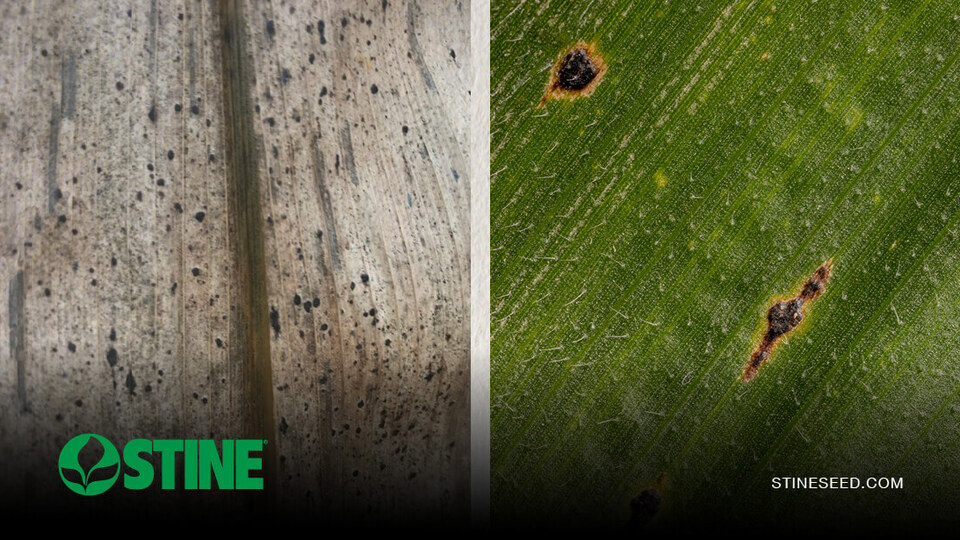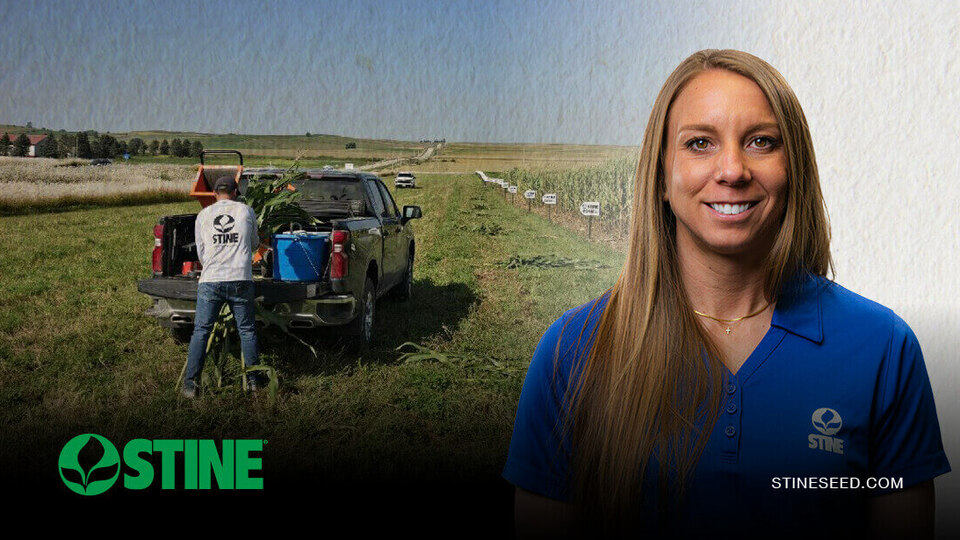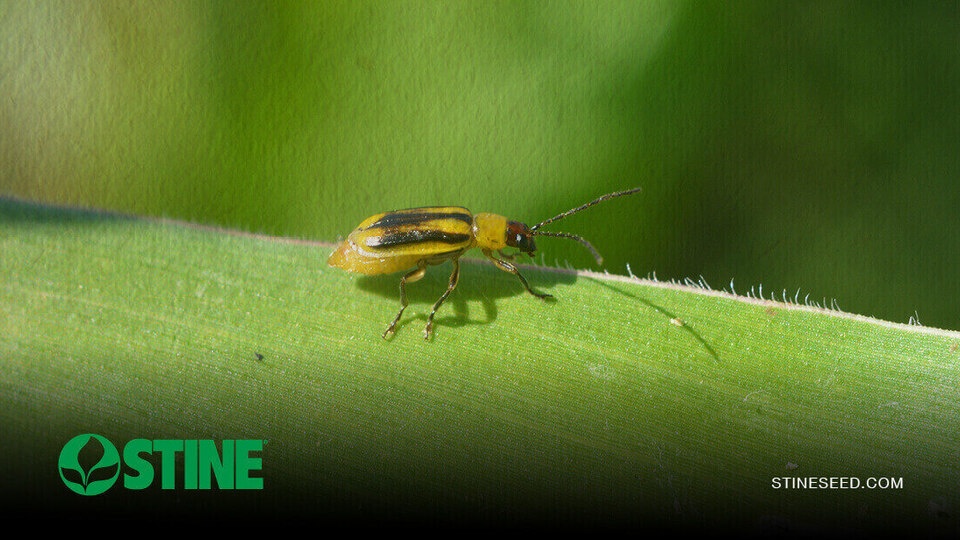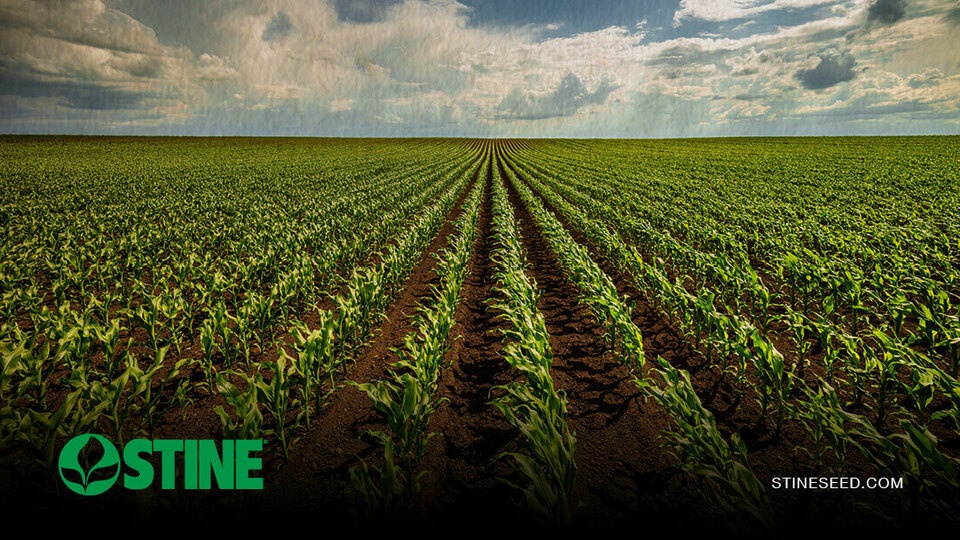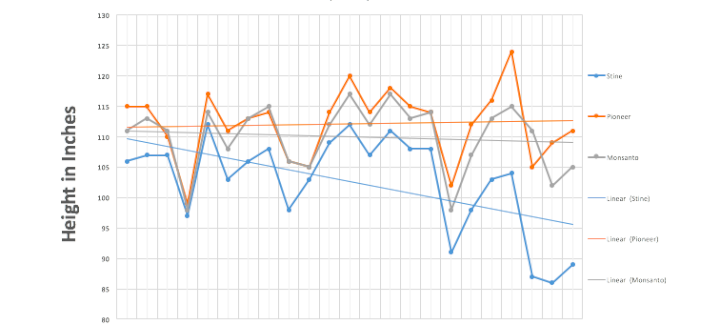
Short-stature corn has been making headlines as of late. Recently, Bayer-Monsanto executives told ag media that they believe short stature corn will be the future of corn production. Among the benefits are better standability, adaptation to narrow rows and, ultimately, increasing populations. An October 3, 2019, article in Farm Journal’s AgWeb states that the company says its first short-stature corn will be introduced in Mexico next year, with hopes to introduce it in the United States in the coming years.
The good news is, the future of corn production is already here. Stine was the first seed company in the industry to introduce the ag world to commercially available narrow-row, HP Corn® in 2012, and we’ve been expanding our lineup ever since. In August 2016, Successful Farming magazine ran a cover story on company founder Harry H. Stine and his quest to revolutionize farming with the development of a new breed of short-stature, high-density corn hybrids.
Stine has spent decades researching planting populations and row widths through our one-of-a-kind corn breeding program. That research has lead us to develop genetics that produce shorter, more efficient and higher yielding plants that thrive in higher populations. In fact, if you’ve visited any of our corn plots lately, you’ve likely noticed that Stine hybrids tend to be shorter than our competitors’ hybrids.
Here’s why.
A more compact structure tends to produce strong roots and stalks, creating a sturdier plant that can often thrive in higher populations and in varying growing and environmental conditions. With shorter corn, you can benefit from more efficient nutrient uptake which leads to a stronger, healthier plant. Our research also indicates that this can lead to more efficient pollination, with the tassel and ear being closer together than in taller plants. And, with shorter corn and narrower rows, there’s more flexibility to operate equipment in and around fields for easier in-season applications.
Many of our industry competitors have recently recognized this trend and are beginning to produce their own shorter-stature hybrids, but Stine is already well ahead of the curve. If you look at our data, the average height of our hybrids was roughly 105 to 110 inches in 1996. Today, we’re trending around 90 inches for 105- to 115-day relative maturity hybrids. In fact, even Stine’s tallest hybrids are still shorter than most of our competitors’ hybrids.
We at Stine commend our competitors as they begin down the path toward shorter, high-density corn production. We’re proud of our leadership position in this, which has positioned us to provide growers the hybrids of the future, faster.
Related Articles
-

Stay ahead of tar spot this season
July 2025 in Agronomy
-

Field-tested confidence: Inside Stine’s Product Development Plots
July 2025 in Agronomy
-

Rootworm watch: Time to scout for subsurface threats
July 2025 in Agronomy
-

Standing out by being shorter: All about short-stature corn
June 2025 in Agronomy
